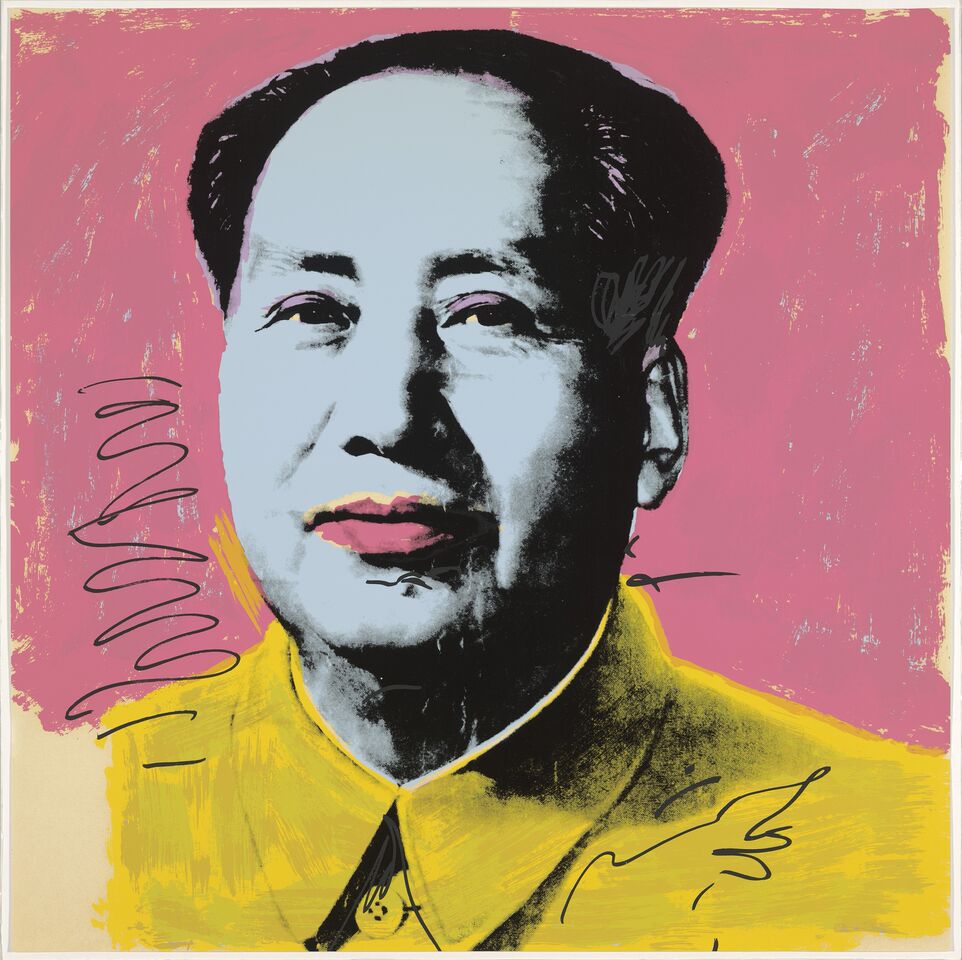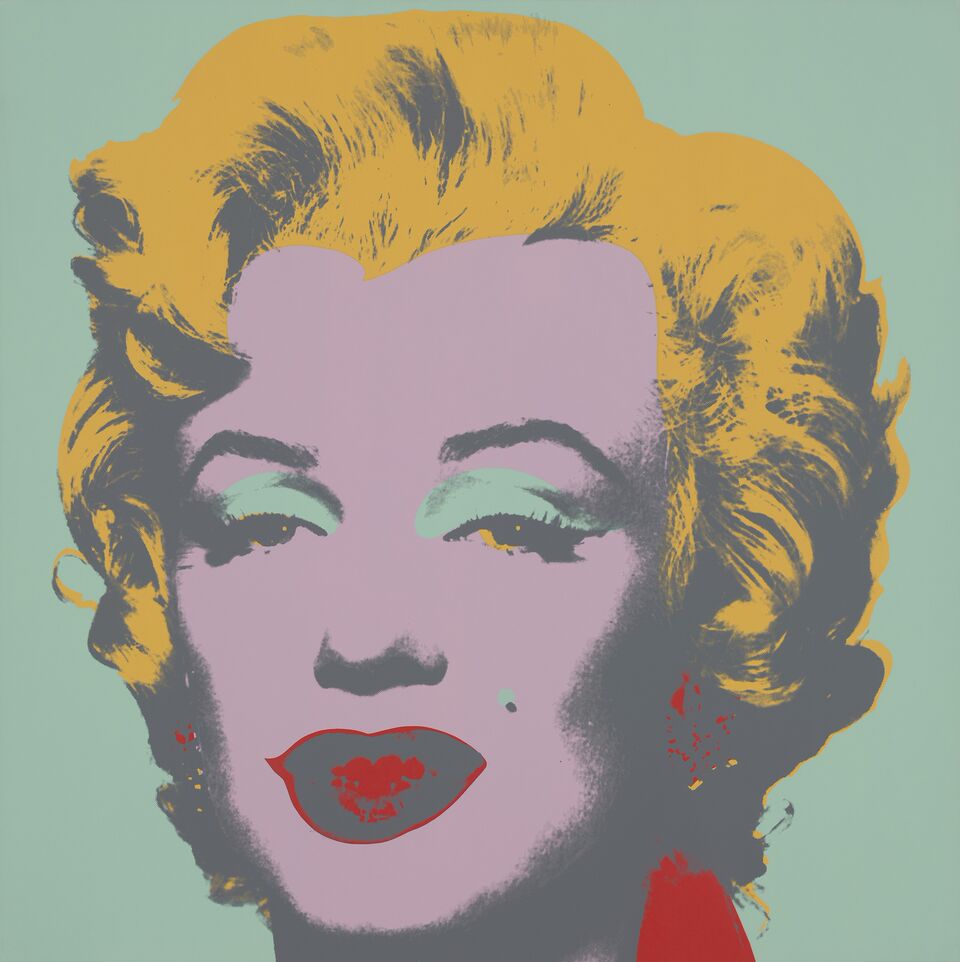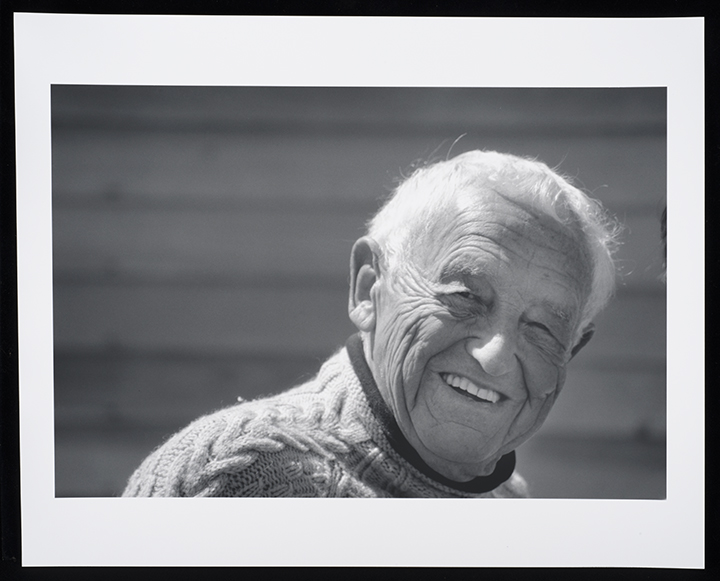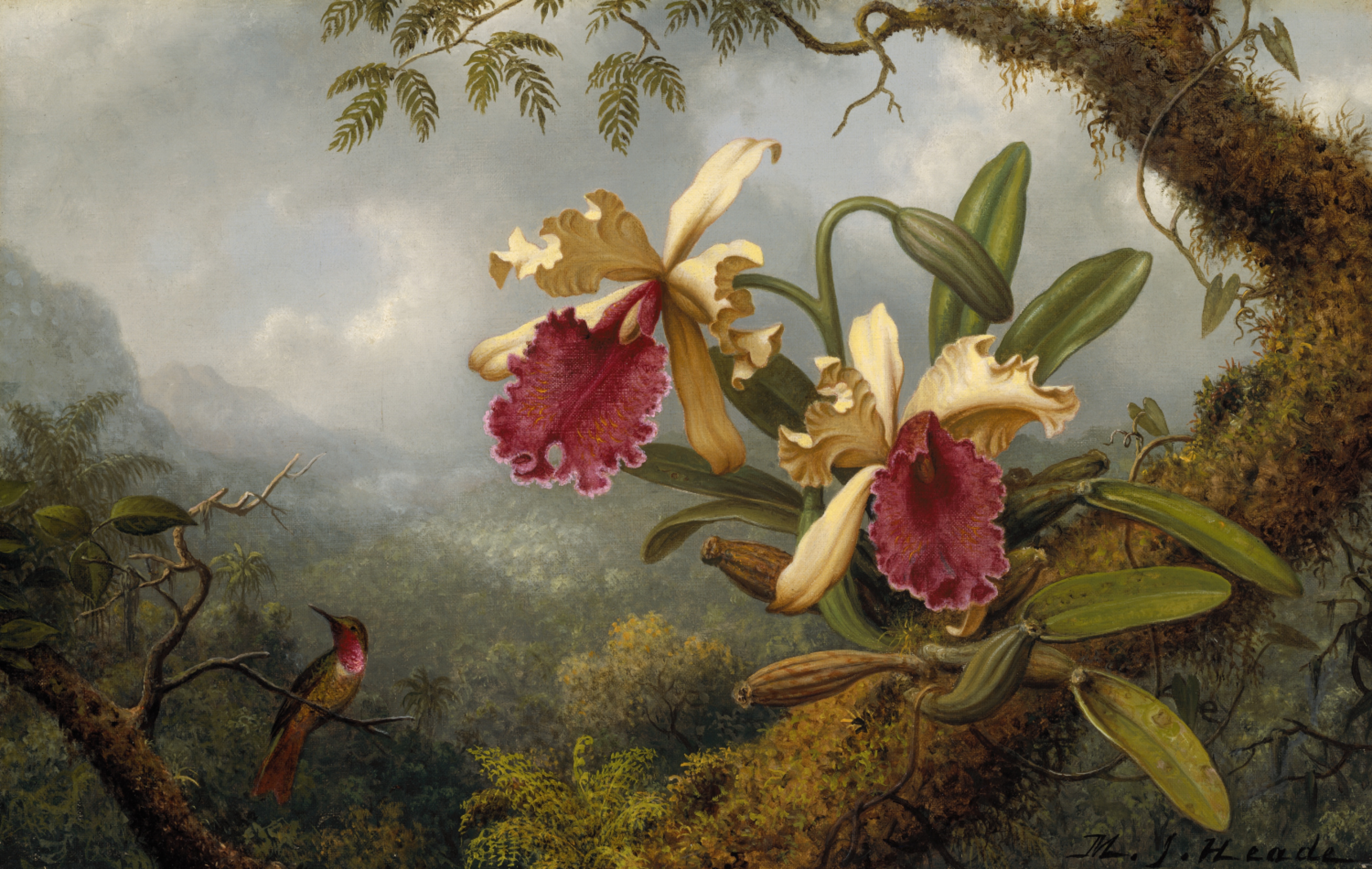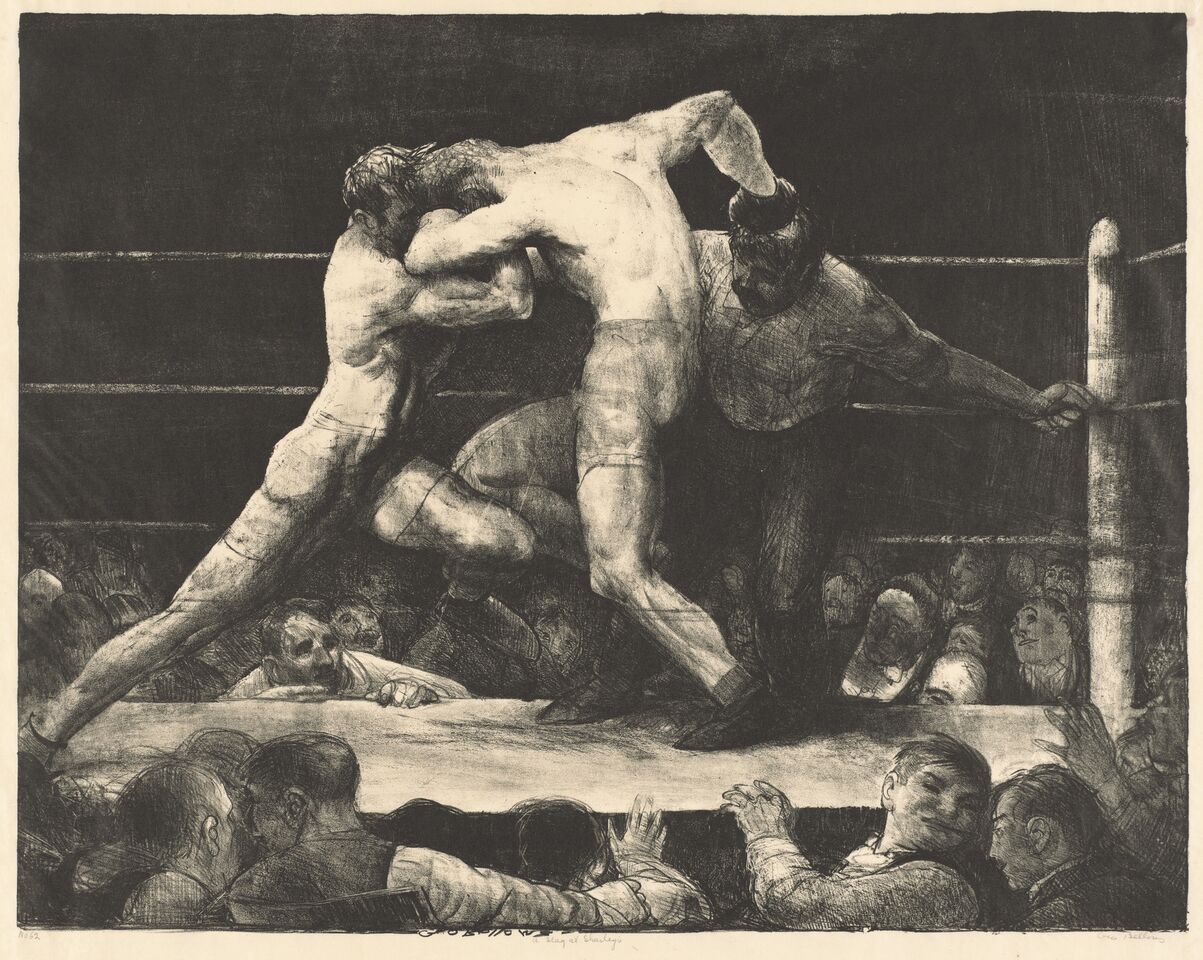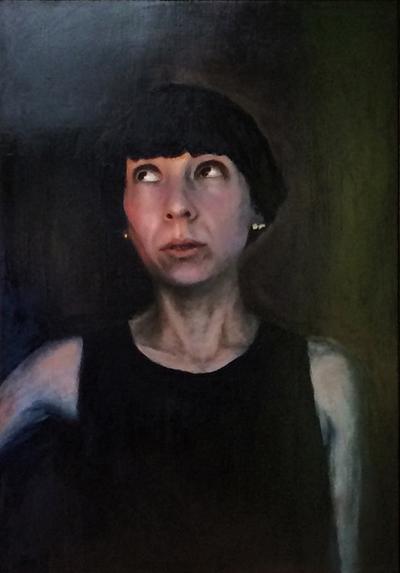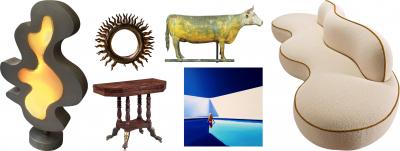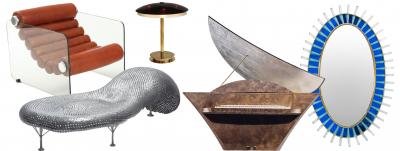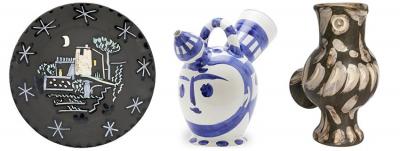This Week’s Events: Andrew Wyeth at 100, 100 Years of De Stijl, Andy Warhol, Martin Johnson Heade & More
The Netherlands
The Discovery of Mondrian
June 3-September 24, 2017
Gemeentemuseum Den Haag
Stadhouderslaan 41, 2517 HV Den Haag
For more information, visit https://www.gemeentemuseum.nl/en
The De Stijl movement was launched in Leiden exactly one hundred years ago. The Netherlands is marking the centenary in 2017 with a nationwide, year-long program of events headlined under Mondrian to Dutch Design.100 years of De Stijl. As the holder of the world’s largest Mondrian and De Stijl (“the style”) collections, the Gemeentemuseum is hosting three major exhibitions, one of which opens on Saturday with The Discovery of Mondrian, a tribute to one of the movement’s most revered contributors, Piet Mondrian (1872-1944).
Considered to be the father of neo-plasticism (a form of abstract art using only horizontal and vertical lines with primary colors) and “one of the most important modern artists who ever lived,” Mondrian rose to prominence as a landscape painter in Amsterdam, captivating audiences with lush renderings of his native hillsides and farms before whisking away to Paris, where he would begin experimenting in the abstract Cubism of Pablo Picasso and drop the “a” from the Dutch spelling of his name (Mondriaan) to integrate himself into the Parisian avant-garde. It wouldn’t be long before Mondiran’s progressive leanings as both an artist and an individual outed him as a degenerate amidst the Nazi occupation of the city, forcing him to flee to London and then New York by threat of persecution.
The Discovery of Mondrian will trace his epic journey from Amsterdam to New York, placing Gemeentemuseum’s entire collection of over 300 paintings on display for the first time—as well as dozens of the Dutch painter’s letters, photographs, and personal possessions—and feature a life-size reconstruction of his Parisian studio. On June 10, Architecture and Interiors. The Desire for Style opens, presenting an overview of drawings, architectural models, and furniture by members of De Stijl.
Atlanta
Andy Warhol: Prints from the Collections of Jordan D. Schnitzer and His Family Foundation
June 3-Sept. 3, 2017
High Museum of Art
1280 Peachtree Street NE, Midtown Atlanta
For more information visit www.high.org
What can be said about Andy Warhol (1928-1987) that hasn’t been said already? The enigmatic leader of the Pop Art movement is truly one who requires no introduction, but even his most fanatic followers would likely be left in awe of the High Museum’s sweeping Warhol retrospective opening this week.
Drawn exclusively from collections of Jordan D. Schnitzer and the Jordan Schnitzer Family Foundation in Portland, Oregon, and featuring more than 250 prints, the upcoming exhibition will chronicle the entirety of Warhol’s four decade career—beginning with his work as a commercial illustrator in the 1950s and continuing with an in-depth examination of his evolutionary printmaking process that would later define him for generations to come.
“In this exhibition, which is the largest Warhol exhibition ever, you’re taken through one theme after another—from the Kennedy assassination; Marilyn, one of the last great screen stars; to Mao, probably one of the most important political leaders of the last 100 years,” said Schnitzer. “Artists, including Andy Warhol, push the envelope and force us to deal with the issues of the time. I think this Warhol exhibition will knock people’s socks off, with themes that are still relevant today.”
New York
Andrew Wyeth at 100: A Family Remembrance
Through September 4, 2017
Fenimore Art Museum
5798 State Hwy. 80, Lake Road, Cooperstown, NY
For more information visit www.fenimoreartmuseum.org
If Andy Warhol was a socially awkward savant obsessed with celebrity and media-saturated culture, then Andrew Wyeth (1917-2009) was both his polar opposite and his equally polarizing doppelganger—a reclusive, reactionary antiestablishmentarian whose gothic, barren depictions of rural New England and its inhabitants enraptured and enraged art critics.
A hyper-realist in an era of abstract modernists, Wyeth was championed (and oft lambasted) as a mouthpiece for the middle class who almost exclusively chose his family, friends and the milieus of Pennsylvania and Maine as the subjects for his paintings. Appropriately, the Fenimore’s centennial celebration of Wyeth’s work is guest curated by none other than Wyeth’s granddaughter, Victoria, and includes both sketches and studies from his personal collection and two of his most popular works—Master Bedroom (1965) and The Revenant (1949).
Georgia
The Genius of Martin Johnson Heade
June 3-Sept. 10, 2017
Georgia Museum of Art
90 Carlton Street, Athens, Georgia
For more information visit www.georgiaartmuseum.org
Considered to be one of the more diverse and innovative painters of the 19th century, Martin Johnson Heade (1819-1904) is often associated with the Hudson River School movement, though many critics still debate the accuracy of such a label. Regardless, his bold, captivating depictions of salt marshes and seascapes caught in the grips of dramatic thunderstorms remain some of the most highly sought after works of landscape on the market, as are his tropical scenes with hummingbirds.
Organized by the Museum of Fine Arts, Boston, the Georgia Museum of Art’s exhibition will feature the diverse array of Heade’s work like never before, juxtaposing everything from his early folk art to his landscape and still life paintings alongside those of predecessors like Thomas Doughty and contemporaries such as John Frederick Kensett. The aim of such a unique presentation, according to the GMA, will be to stir a conversation that “demonstrate the artist’s originality and highlights his genius.”
Dallas
Visions of America: Three Centuries of Prints from the National Gallery of Art
Through September 3, 2017
Dallas Museum of Art
1717 North Harwood, Dallas TX
For more information visit www.dma.org
“Visions of America tells the story of America from both internal and external views. From colonial times to the modern age, the exhibition takes a fresh look at the major movements in American art with a truthful approach.”
So says Agustín Arteaga, The Eugene McDermott Director at the Dallas Museum of Art, which will be hosting a daring and exploratory examination of the events that helped shape America “through the eyes of outsiders, immigrants, and boundary breakers.” The final venue in a four-city international tour, the DMA’s exhibition of American prints is the first from a major museum in over 30 years, featuring the work of Jackson Pollock, Winslow Homer, and Chuck Close to name a few. Just as prints have often served as the medium of choice among the most socially provocative artists, Visions of America will seek to examine our differing perspectives on some of our nation’s most controversial moments (take, for instance, an engraving of the Boston Massacre by Paul Revere, which will be displayed beside a broadside by the undercover feminist collective known as the Guerrilla Girls.)
“The dichotomy between prints intended to provoke change and ones more weighted to visual concerns is no mistake,” said Sue Canterbury, the DMA’s Pauline Gill Sullivan Associate Curator of American Art. “It is an undercurrent of both the exhibition and the history of American prints.”















1.jpg)
![Piet Mondrian [1872-1944] “Composition with Large Red Plane, Yellow, Black, Gray and Blue,” 1921. Oil on canvas 59.5 x 59.5 cm. Courtesy Gemeentemuseum Den Haag.](../sites/uploads/Piet_Mondriaan_-_Composition_with_large_red_plane,_black,_greay_and_blue_(1921).jpg)
